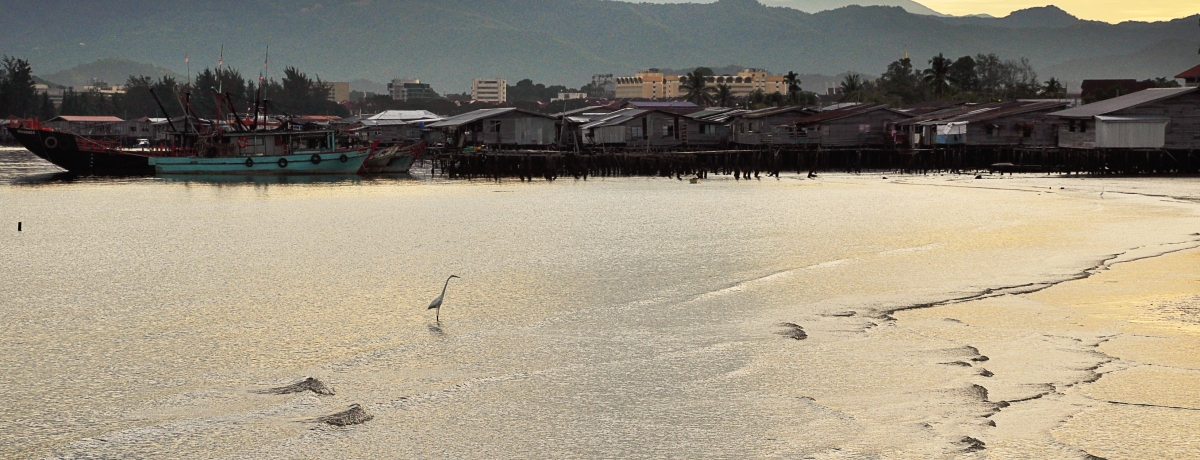- More More
- Blog
- Inspire me
- Groups
- Offers More
- Dive Courses More
- Liveaboards
More

Liveaboard Trips
On-board accommodation offering the opportunity to live right over the dive sites and to experience secluded dives...
Diving regions...
- LATEST AVAILABILITY BY REGION
- Red Sea availability
- Maldives availability
- Indonesian availability
- Socorro Mexico availability
- Galapagos availability
- ALL LIVEABOARD DIVING REGIONS
- Bahamas
- Bikini Atoll
- Caribbean
- Cocos Island
- Destinations
MoreDIVING REGIONS...
Our Top destinations....Why not try....
Find a trip
- Resort
- Liveaboard
Borneo: Sabah Naturewatch (8 days)

Sabah Naturewatch
Day 1 - From Sandakan; drive to Sepilok and visit the Orang-utan Sanctuary
Today we make the short drive to Sepilok and the orang-utan sanctuary before continuing onto our jungle resort. Sepilok is home to the largest of the three orang-utan rehabilitation centres in the world. Covering over 4000 hectares of forest, the centre was established in 1964 to rehabilitate captured, injured or abandoned apes. So far about 100 ‘wild men of the forest’ have been brought to the centre, and there has been remarkable success with up to 75% having returned to the jungle. The animals are taught how to make nests and how to survive in their natural habitat. About twenty regularly come to feed though not always at the same time. We plan to visit the centre in time for feeding when, along with the permanent members, pregnant mothers who otherwise live in the jungle, often come to supplement their diet and return after the birth of their young. (Entrance fees for your own account.) Overnight lodge. (Room Only)
Day 2 - Visit Sepilok Orang-utan Sanctuary; drive Sukau
We spend our morning back at Sepilok with free time for taking walks in the jungle or you may wish to take an optional trip to the Rainforest Discovery Center. In the afternoon we drive to Sukau. The freshwater swamp forest around Sukau is home to myriad wildlife such as tree snake and birds such as frogmouth, bulbul and hornbill. Sunset boat trip along the river. 2 nights lodge accommodation. (Half Board)
Day 3 - In Sukau; visit ox-bow lake
Unlike other areas in Sabah, the Kinabatangan River has remained relatively unaffected by the rapacious logging unfortunately so prevalent elsewhere, mainly because the land is permanently waterlogged and there are few commercially valuable trees there. The river meanders through a flood plain and creates many ox-bow lakes making an ideal environment for wildlife viewing. On our cruise, we may see crocodiles warming themselves in the morning sun and some of the other birdlife such as egret, storm’s stork, oriental darter and oriole. We also hope to spot long-nosed proboscis monkeys which converge on tree tops by the river banks to settle for the night. (Full Board)
Day 4 - Drive to Kinabalu National Park via Poring hot springs
Today we head to Kinabalu National Park stopping off at the famous Poring Hot Springs. This is a popular spot with locals who enjoy the hot springs found here. At 450m we are in tropical lowland forest, dense with vegetation and thick bamboo, with a humid misty atmosphere. You can cross a tree top walkway 60m above the forest floor or perhaps you prefer to take a relaxing soak in a hot spring bath, looking out for hornbills, mynah birds and monkeys. The rafflesia grows in the forest - the largest flower in the world, it produces a red bloom over one metre wide which lasts for just one week. Nearby is a butterfly and orchid farm. Overnight lodge. (Half Board)
Day 5 - In Kinabalu National Park; walk to Laban Rata (base camp)
This morning we make an early start. We hope to get a good view of Mt Kinabalu which towers over the jungle below before driving to the park entrance and the starting point of the trail at about 1900m. From now on, leaving our main baggage behind at the lodge but carrying our daypacks, we walk or trek, climbing upwards for 5-6 hours to reach a mountain hostel situated at around 3272m, surrounded by magnificent scenery. The lower part of the trek is through dense tropical vegetation and mist shrouded rainforest with giant ferns and luxuriant mosses, a botanist’s paradise. Rare orchids and pitcher plants abound. Brightly coloured butterflies are everywhere. The hostel at base camp has common facilities, and there is a canteen where you can buy a simple meal. Overnight hostel. (Full Board)
Day 6 - Summit of Mount Kinabalu, return to Park Headquarters and drive to Kota Kinabalu
We rise at 03.00 and trek to the summit for sunrise (about 05.45). We have to walk in the dark and it is necessary to wear warm clothes and gloves, and to carry a torch. The trip to the summit is a hard trek and should only be attempted by those people who are confident about their level of fitness. The view from the top of Mt Kinabalu (4095m) is exceptional as we watch the sun rising over the misty jungle lowlands. For those who don't wish to make the summit ascent, the views from around base-camp will keep you and your camera occupied until we make the descent on foot and then by truck back to the Park Headquarters. We then drive from the park to Kota Kinabalu. Overnight hotel. (Half Board)
Day 7 - Kota Kinabalu
Known locally as KK, Kota Kinabalu is a burgeoning city with a blend of Malays, Europeans and Chinese: the result is a unique mixture of architecture, culture, high technology and ancient traditions. Overnight hotel. (Bed & Breakfast)
Day 8 - Tours ends, return to UK




